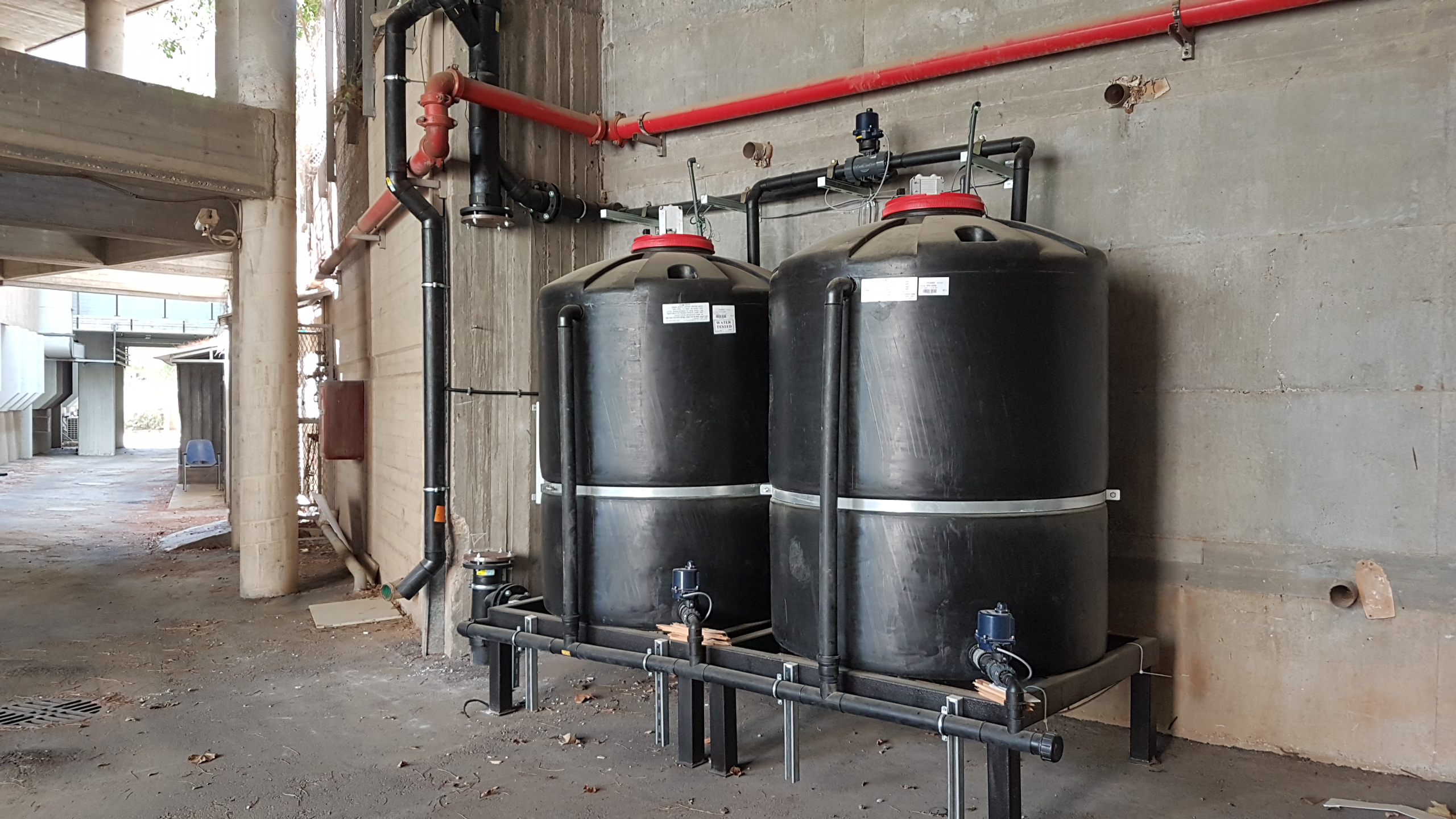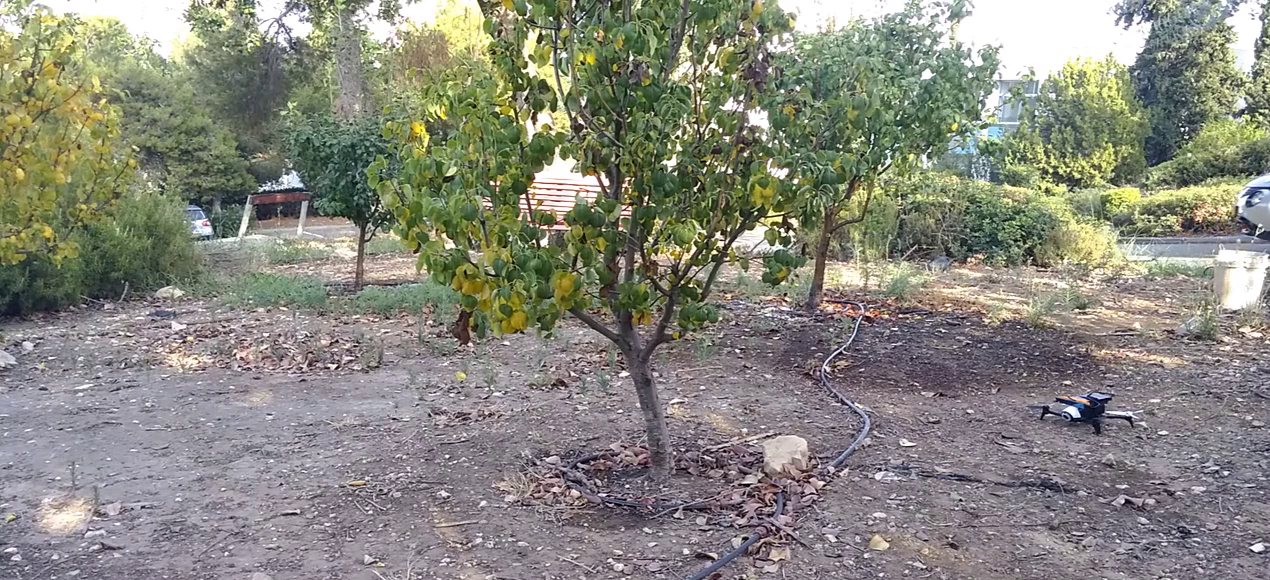These little microbes turn algae into plastic
January 19, 2019Israeli scientists have created a biodegradable plastic that just might save the planet
Plastic production keeps hitting record highs, and the entailing pollution might be one of the most destructive forces humanity has ever exerted on the planet. Companies, start-ups, scientist and researchers are desperately looking for alternatives that will finally put an end to the ever-growing problem.
Now, Israeli scientists have found a way to produce plastic with seemingly no detrimental side-effects. The secret to this breakthrough finding lies in the unique property of a single-celled microorganism (archaea)to produce natural biopolymers upon the digestion of algae.
Although the idea is not a new one, and numerous companies are already in the business of making biodegradable materials from plants and polymer-producing bacteria, the majority of them have one thing in common: they either need plenty of fresh water or plenty of land. This is not the case with the microbes applied by the Israeli researchers, which were initially isolated from the Dead Sea and can, therefore, survive highly saline conditions. Scientists of the Porter School of Environmental Studies at Tel Aviv University first recognized the microbes ability to produce biopolymers after they fed them algae grown in seawater.
“The innovative feature of this work is that the archaea from which we derive the plastic polymers were fed on seaweeds that we have produced in ocean water. This is the major news of our findings. If these polymers become a part of the future plastic production or even a complete alternative, no freshwater or land will be needed for the process”, says Dr. Alexander Golberg of the Porter School of Environmental Studies at Tel Aviv University. “There are already a lot of polymers out there, which are not made from fossil fuels, but if you look at the production processes, you will see that they require a lot of water and land,” he adds.
Natural is not the same as biodegradable
Currently, the researchers are still on the lookout for the most suitable algae and the corresponding microbes. “Right now we are testing different algae together with different microbes because every species produces distinct polymers. Ultimately, it is important to have a library of multiple types of polymers with individual properties ( I.e., plastic products such as plastic bottles are made of various types of plastics; cap, bottle, label, etc.), because then we will really be able to substitute whole products,” Golberg says.
A key issue regarding the practicability of new eco-friendly products is biodegradability. The question of course is, how biodegradable is a product really? By some of today’s most common definitions, a substance is biodegradable if it decomposes to standard compost conditions within six months. The polymer tested by Golberg and his team in Tel Aviv decomposes within 2-4 months of its construction. Despite this being a more than acceptable time frame, it is hard to anticipate what happens in the sea. “We cannot say for sure how the polymer will react in the water, because a controlled compost environment on land is completely different from a marine environment. This is a question we have to look into”, Golberg admits.
Additionally, it is crucial to take into account exactly what a specific substance breaks down into. The fact that a polymer bio-degrades does not mean that it simply disappears. “If a polymer decomposes to CO2, that is perfect for us because the amount of CO2will be fairly low. However, if the substance breaks down into some intermediate molecules that are too small to be detected but still able to react with other molecules, we might face a problem. Thus, it is important to do thorough research and look into all possible outcomes,” Golberg says.
Cheaper in the long run
Plastic is one of the most ubiquitous materials that has ever been introduced to the market. Not only is it incredibly versatile in terms of use, but it is very cheap in its production and so far the most convenient option for a wide range of different products. Consequently, alternatives always have to stand the test of compatibility and scalability. If a plastic alternative is not economically viable due to high extraction or manufacturing costs, it will, unfortunately, have little chance to prevail against conventional plastic.
On the other hand, Golberg points out that fossil fuel-derived plastics, which are produced from the waste from the distillation processes at the refineries, come at another much larger price. “The question is do we incorporate the long-term costs of the environmental damage of these materials into our calculation. By today’s standard, the answer is no. For this reason, it is extremely difficult to compare the economics of conventional and biodegradable plastic.”
As to the scalability, the researchers are confident that the polymer-production is feasible on a grand scale as the microorganisms that are needed for the process grow in seawater just like the algae they feed on. According to Golberg, the process could be done in large offshore farms which would not require enclosed factories with expensive bioreactors. Processing facilities could also be located on the water (on a boat or a rig) near the farms to ensure that the algae do not have to be transported long distances and avoid the risk of desiccation.
 Photo by Hunter Desportes on Flickr
Photo by Hunter Desportes on Flickr
Seaweed farms: a ray of light or a shadow on marine life?
The seaweed farms could actually have a very positive environmental impact. Excess nutrients, often coming from agricultural runoff and industrial discharges, harm the marine environment and frequently cause the emergence of marine “dead zones” – areas void of any aquatic life. By building the seaweed farms in places that suffer from nutrient pollution or even in marine dead areas, the growing algae could potentially remove the excess nutrients from the water, and thereby decontaminating it. Once the water becomes habitable again, fish and other organisms would return as well and start feeding on the algae. “Eventually, you would create some form of artificial reef,” Golberg says.
Nevertheless, interfering with nature, even if well-intended, will inevitably involve some adverse environmental effects. “The main issue we are currently looking into is called “shadowing.” Whenever you grow biomass offshore, this biomass will absorb sunlight and create a shadow, which prevents other organisms from receiving sufficient light. So at the moment, we are looking at ways how to ideally position the farms in order for them to receive enough sunlight, but not at the expense of other marine organisms”, Goldberg notes.
However, Golberg also stresses that large offshore seaweed farms are still a long way off, and right now the most important thing is to demonstrate the scalability of the project within the four walls of their Tel Aviv lab. “Our main goal with this research was to show that these things can be done from a scientific and engineering standpoint, but we are not rushing to large-scale production tomorrow. One step at a time”.
This ZAVIT article was also published in Forward on 01/18/2019.







